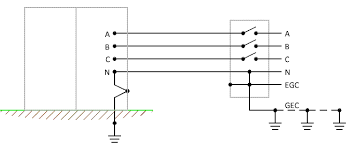Isaiah
Senior Member
- Location
- Baton Rouge
- Occupation
- Electrical Inspector
Confused by this exception. How does having a system bonding jumper at both ends, source and first disconnecting means, create a parallel neutral connection?
Sent from my iPhone using Tapatalk
Sent from my iPhone using Tapatalk


